|
When I was a pre-teen, and all through my adolescence, I was curious to try and find out what certain songs would sound like if they were rewritten in a language different than their own. As with every creative endeavour, the human spirit may be as motivated to doing what feels propelled to do as not doing it because of fear—the famous fear of not reaching a satisfactory outcome, of not giving birth to a piece of work worth sharing with others or even looking at. When you want to create something and you give in to resistance because you fear that the result may not be good enough, fear wins, and you end up creating nothing at all, which was true for me for a while. Somehow, though, opportunities would present themselves through my teenage that pushed me to create stuff, one of which eventually led me to try rewriting a few songs from English into Spanish or vice versa. This is the story of how I found a way to connect my curiosity about what it was like rewriting songs and what it was like to actually hear them sung in a new language. OPERA SINGING: A STAR WASN’T BORNWhen I was 15—rather late, according to the Golden Book of When Talent Can Be Successfully Pursued and Developed—, I decided I wanted to study music apart from regular schooling and English as a second language. I wanted to sing like professional singers do at the opera—right, you may giggle. But you see, we had a piano at home. My mum speaks five languages and she’s a real pianist, so I guess I was inspired by a number of facts and factors. One day, I went to the local public school of music to apply for a spot in the Lyrical Singing class. It’s a state-run school and education there is really good, which means everybody wants to study music there, so it’s not easy to get in. For about a week, I attended all the pre-entrance lessons with absolute joy, driven by my mild curiosity. In percussion class, I’d clap and stamp my foot to set the pace, while reading elementary music on the blackboard. During melodic dictations, I’d be virtually teleported to that well-known scene from The Sound of Music, as I’d eagerly hum do-re-mi-fa-sol-la-si and down, si-la-sol-fa-mi-re-do. To say I was filled with adrenaline when I sat for the three qualifying examinations would only partially account for my experience—and I hadn’t even been officially admitted as an opera singing student yet! The day of checking the results of my exams came. Naturally, I’d eagerly awaited the date. Going over countless surnames of prospective students posted on the school hall walls, I finally spotted mine—I was in! But then, I wasn’t. As it turned out, I was too ‘young’ for singing as opera people do on FIlm & Arts. The school secretary said that the teachers said that my vocal chords weren’t ready for such professional training yet. What? I went from ecstasy to despair. Didn’t she realise she was crushing my dream here? The reason seemed lousy, too. ‘But I’ve passed all your three exams with 90/100 marks.’ ‘I’m sorry, there’s nothing I can do. It’s school policy. You must be at least 16.’ ‘But that’s not happening until November next year—I’ll miss a whole year!’ My heart sank. My career in the opera world had ended before it had even begun. ‘Unless…’ began the woman with a tone that gave me a lurch of hope. ‘Unless you signed up for a different course of studies. It would be a pity… I mean, since you passed all our exams. Your application did get accepted—.’ ‘Sure! What other courses do you offer?’ LEARNING TO PROPERLY PLAY THE PIANO—FOR A WHILEI did tell you we had a piano at home, right? When I opted for piano as a consolation prize, little did I know that I would fall in love with it. The course included learning not just to play the piano, but also to read and write music as well. For five years non-stop, I studied piano for 15-40 minutes a day at home, while I kept attending my piano and musical language lessons once a week each. Mozart, Czerny, Bach, my dearest Chopin all landed in my hands as my teacher would challenge me to play their works. Every lesson I attended, every exam I passed, I felt as challenged as I felt drawn to stepping out of my comfort zone and playing in front of others works which I’d only dreamt of ever playing. Every such instance of discomfort resulted in my overcoming my old fear of not being good enough for the stage, whenever the time would come for me to finally sing, with confidence, like opera singers do. After five years of playing the classics and very much enjoying the training, I got a little tired of following the rules and doing as my masters said. I started adding chunks of songs to Bach’s works by accidentally misreading his staves. My teacher would tell me I should be more attentive to detail, to which I’d retort that I was pretty sure my accidental changes in the piece itself didn’t sound so bad, hu? He’d scowl and gesture for me to go again: ‘Da capo, Delfina!’ ENTERING THE PATH OF CREATIVE FREEDOMCertainly, I wasn’t made for professional piano playing. But did I long to be a professional pianist? No, I wanted to play stuff for fun, form a band maybe. I was more into songs by The Carpenters, the Bee Gees, Celine Dion, Modern Talking, Madonna, Carly Simon, Ace of Base, Phill Collins, and inspiring movie soundtracks by Hans Zimmer and Rachel Portman and... Needless to say, by the age of 20, I stopped sticking to the school plan and decided to drop out. When your creative endeavours cause you more pain than relish, whether it be due to your teachers’ teachings or your own ‘I’ve had enough of my failing here,’ you are allowed to stop for a while. So I did exactly that. I passed my last exam of the essential course (5 years of study) and stopped attending formal piano lessons. And that’s when my movie soundtrack composer career began. This one did last… I did write about five or six songs, for my own unpublished novels. Ta-da. Did I stop playing the piano altogether? Not really. It’s just I decided my freedom to play whatever I chose, mostly by ear, was a much more enjoyable task than strictly following an ambitious, static plan to play ‘the greatest works’ by the ‘greatest composers.’ Also, I realised I could play the piano as a hobby, whenever I wanted to, which literally took the self-imposed pressure of aiming at perfection off my shoulders, just like that. As a mark of gratitude to my mum’s piano and all those years he and I had co-existed together on a daily basis, I wrote him a sonnet, which goes as follows: Sonnet to my Piano OPERA SINGING, THE RELAPSEMy miscellaneous taste for music, my having made it to a massively sought-for place at an elite music school and a mother pianist had all led me to properly learn musical language and play the piano, but, during my twenties, as I was taking a course in Translation Studies, I began to toy with the idea of giving opera singing a second chance. Stubborn as I wasam, I signed up for lyrical singing class and, because I had already done all the years of music theory while training as a pianist, I was told I could just skip musical language lessons. What a bargain, right? Only it wasn’t. Trying to sing like opera singers do turned out to be nothing short of a struggle. What’s worse, I was cursed—I was diagnosed with a soprano vocal range. Have you any idea how hard reaching the high notes while sounding perfectly tuned is? I remember thinking, ‘I used to be so much better as a chorist.’ Why couldn’t I just settle with singing as a chorus girl at school? Or better, in the shower, as most humans do. Why did I have to embark on this tough path to becoming an opera singer? What was I thinking? Anyway, as I’m not the kind of learner who’d instantly give up on a subject she’s purposefully chosen to study, my struggle lasted for about two years. I’m still in touch with one of my opera singing teachers on Facebook. She’s a fabulous pianist by the way. Thank God I never got to sing in public with her playing—the difference in talent would have been strikingly against me. CONNECTING THE DOTS: HOBBY MEETS PROFESSIONI don’t regret the slightest part of investing so much time in my failed attempt to become an opera singer. Hey, I learnt how to breathe properly before singing. That set of techniques is the same I currently use for my public speaking career, whenever I need to deliver a conference, seminar or workshop online or offline. In fact, I even used my vocal training for the few interpreting jobs I did in the past. As life would have it, in 2012 I was hired as one of several consecutive interpreters for an American guitar teacher who came to my town to deliver a Suzuki Method Workshop to our local music school for two weeks. That was the same school where, a few years ago, I’d studied piano and opera singing. The American teacher spoke American English, but the workshop attendants spoke Argentinian Spanish, so they would’ve been quite lost in translation had they not relied on professional interpreters, and I happened to be one of them :) As my colleagues struggled with devising their bilingual glossaries for all the musical terminology involved, I was entrusted with the role of ‘team leader,’ which included validating and ensuring consistency across all interpreter materials. For the first time in my career as a professional linguist, I was the ‘expert in the field.’ HOW CREATIVITY MADE ME DO ITIt is often said that creativity is something only some of us have or can actually exercise as we grow older. I personally believe that we can all lead a creative life, provided we are determined enough to make room for creativity, regardless of how busy our days get. This story begins with my curiosity to find out what certain songs would sound like if they were rewritten in a new language. Well, around the time I started learning piano at my local music school, I also started rewriting a few songs, and writing my own, for leisure. Sometimes I’d change the lyrics almost completely, like when I took Andrea Bocelli’s Vivo per lei in Italian and turned it into Vivo por la patria (I live for my homeland), the Spanish version I dared to sing at a school assembly in homage to National Flag Day in Argentina, back in 2005. Sometimes, though, I’d recreate the meaning in a more commercially valid manner, which led to me feel courageous enough to wish the original artists would hear of my translated versions into English or Spanish. Not a chance, though; there would be a long time until social media platforms would be born. Again, I did all of this for fun, just out of curiosity. What I didn’t know it then was that I was a transcreator in training. FOUND IN TRANSCREATIONTranscreation, also known as re-writing or trans-adaptation, is the art and science of rendering a text in one language into another, seeking to recreate the effect—rather than the words, the grammatical structures, etc.— of the source text in the new context of reception. Every now and then, as I grew up, I’d take to transcreating songs for leisure, all while studying languages and writing fiction as my deepest vocation. One day, back in 2014, I was offered a transcreation job by one of the translation agencies I was working with at the time. The job consisted of transcreating a few branded character taglines from English into Spanish for Latin America. These taglines included rhythm, rhyme and all sorts of rhetorical devices. ‘These are impossible to translate!’ I remember thinking. But then, wasn’t I familiar with such creative challenges due to my fiction writing vocation, my reading literature for pleasure, and, last but not least, my old song transcreation hobby? Some people find their call to do what they do very early in their lives; others will never find it, and that’s all right. You don’t need to be passionate about art to enjoy or even try making some of it. When transcreation found me six years ago, suddenly everything else clicked into place. The reason why I’d always been fascinated by and connected with music and the performing arts was there, right before my eyes: they would all serve the purpose of making me a unique transcreator in my language pair, a professional linguist with an ability to transcreate all sorts of messages, jingles and songs included. ‘You should send your work to Pixar or Disney,’ texted me a friend and translator colleague the other day. But my contract with creativity is not necessarily destined for commercial purposes. When I am transcreating songs, I actually enjoy the relief of doing it out of pure pleasure, as a leisurely activity that is nonetheless as demanding as a regular transcreation job, or perhaps more. Transcreating songs is quite a challenge, and you never know whether the result will be anything worthy of your own personal satisfaction until you’re done. This year, what with quarantine and everything covid-19, I decided to use my talents to transcreate a few songs à la carte and share the results on my Instagram account. One of such posts, I think, is worth sharing here. HOPE’S TRUE COLOURS—A TRANSCREATIONOn October 18th, 2020, I shared my transcreated version of Color Esperanza, a widely popular song written by Argentinian composer Coti Sorokin and rendered widely popular by Argentinian singer Diego Torres back in the year 2001. The song remains a global hit, and because of its powerful message of hope and courage, some artist will do a new version here or there, in Spanish, and Diego Torres himself once sang it in front of Pope John Paul II. Earlier in May 2020, a new version came out, where several Latin American artists joined forces to send a message of relief to the Latin American people in the midst of the crisis due to the outbreak of covid-19. Now, while you will find the song lyrics translated into English on some websites (some use machine translation :O), as well as a few videos on YouTube with English subtitles, I am proud to say that, as far as my research goes, my transcreation into English is the first every version in English of Color Esperanza which not only translates the lyrics, but also proposes a creative translation that perfectly fits in the instrumental version of the song—meaning, you can sing it in English now! Here you will find my original post on Instagram with the results, me singing included. Meanwhile, in case you don’t use Instagram, you can take a listen below and read the lyrics in the short videos below. As the saying goes, hope springs eternal. I honestly hope you enjoy listening and never give up on hope. Delfina |
About🍊I'm Delfina Morganti Hernández and I am the creator and host of Founded in Transcreation, the first podcast🎧 on transcreation, where I delve into how brands cross borders. Listen to the podcast on Anchor, Spotify and YouTube. ArchivesCategories
All
|


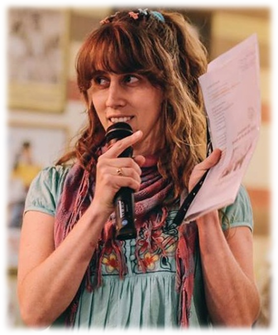
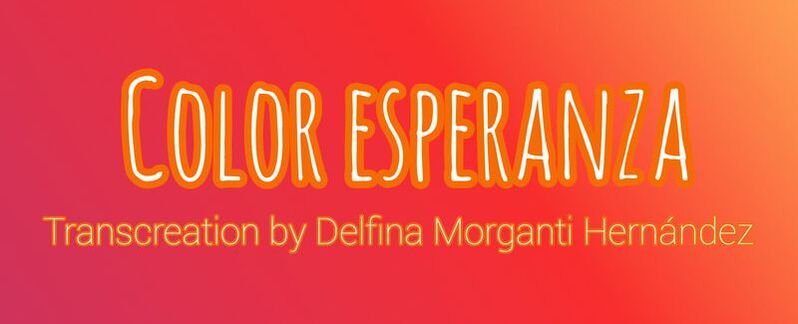
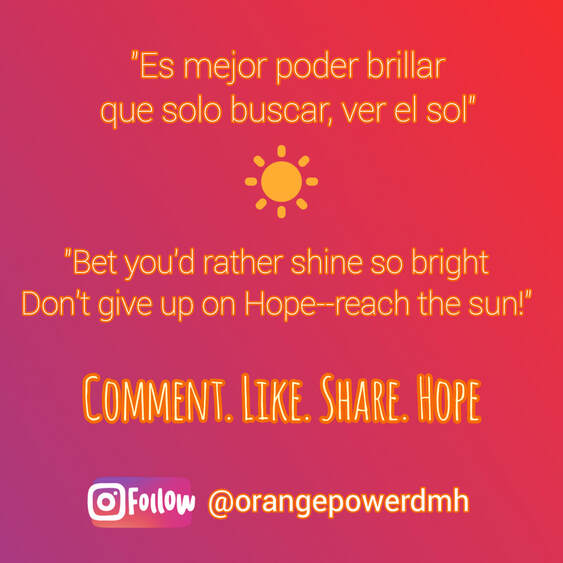

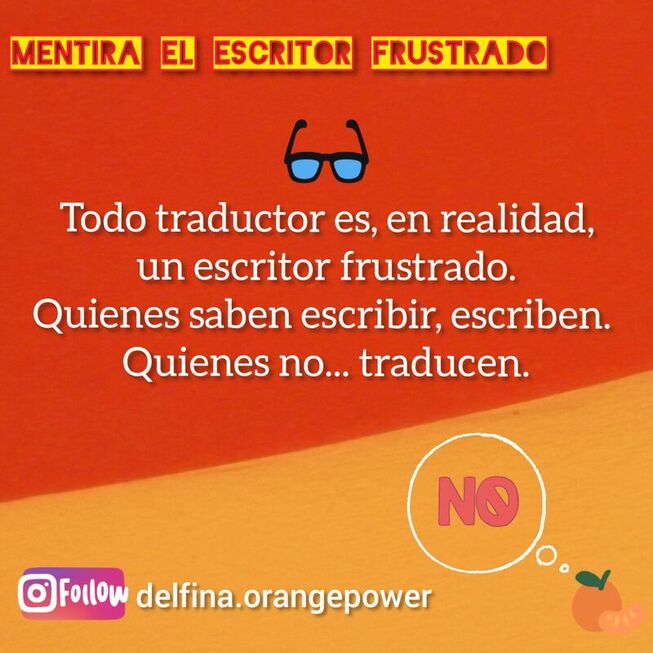



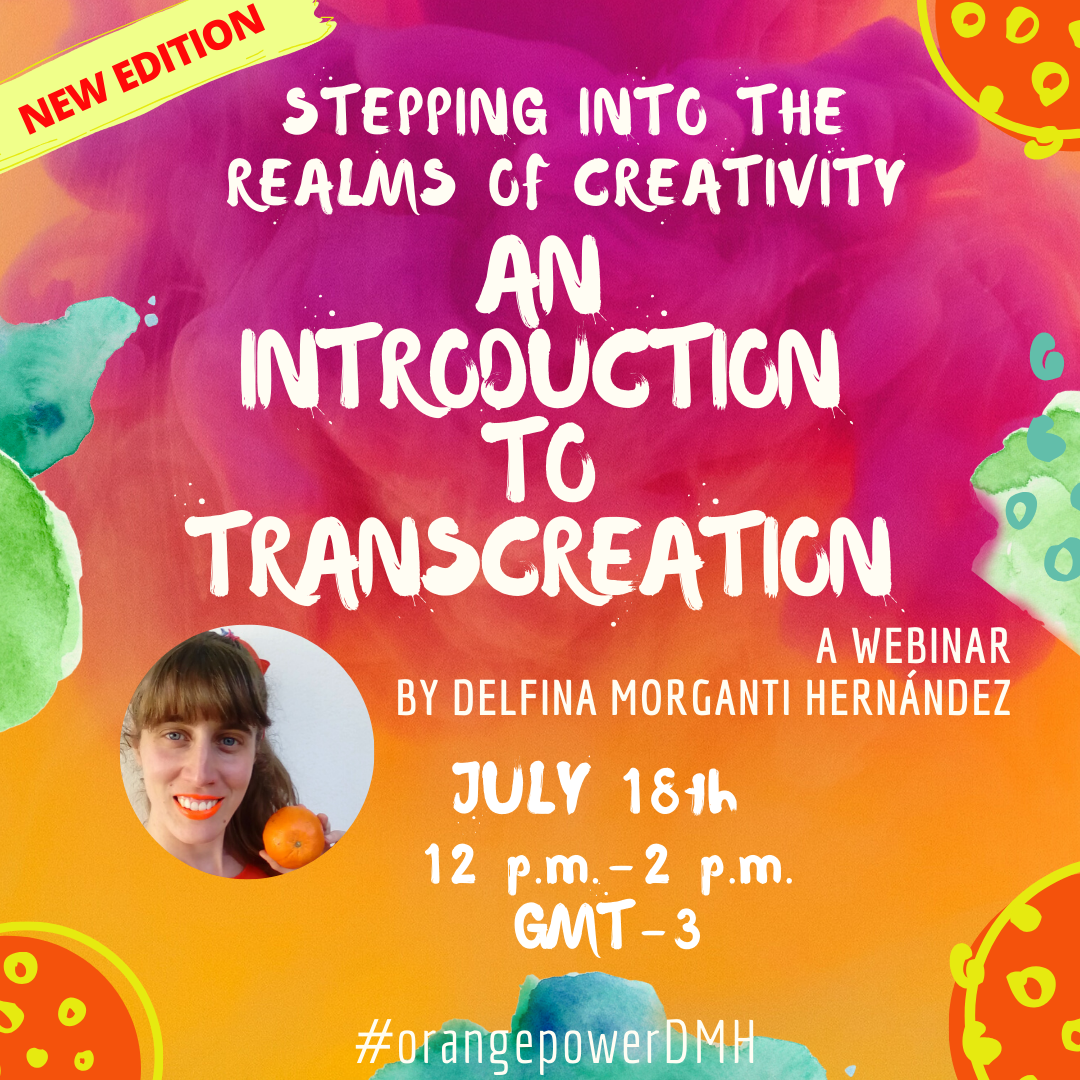

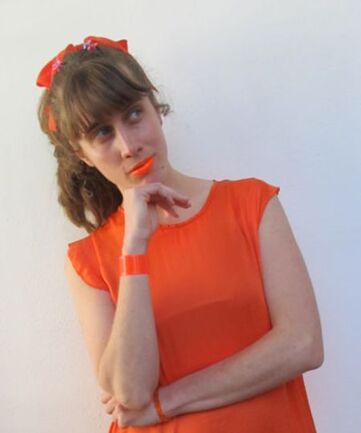


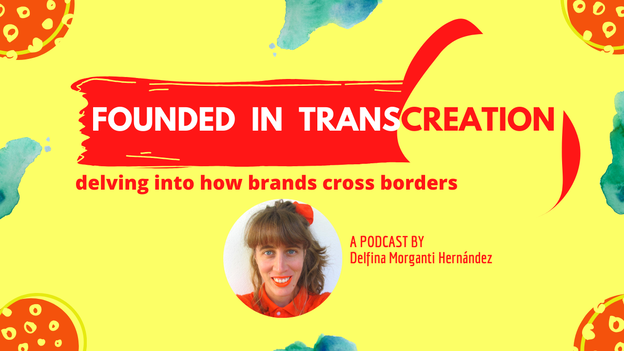



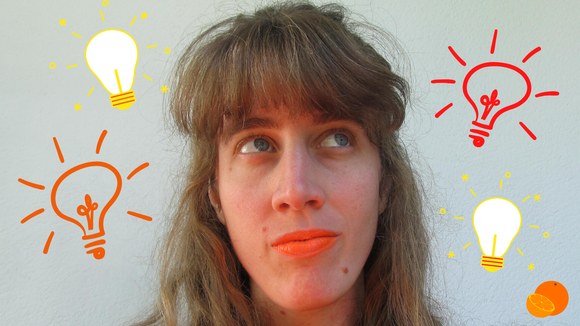

 RSS Feed
RSS Feed
